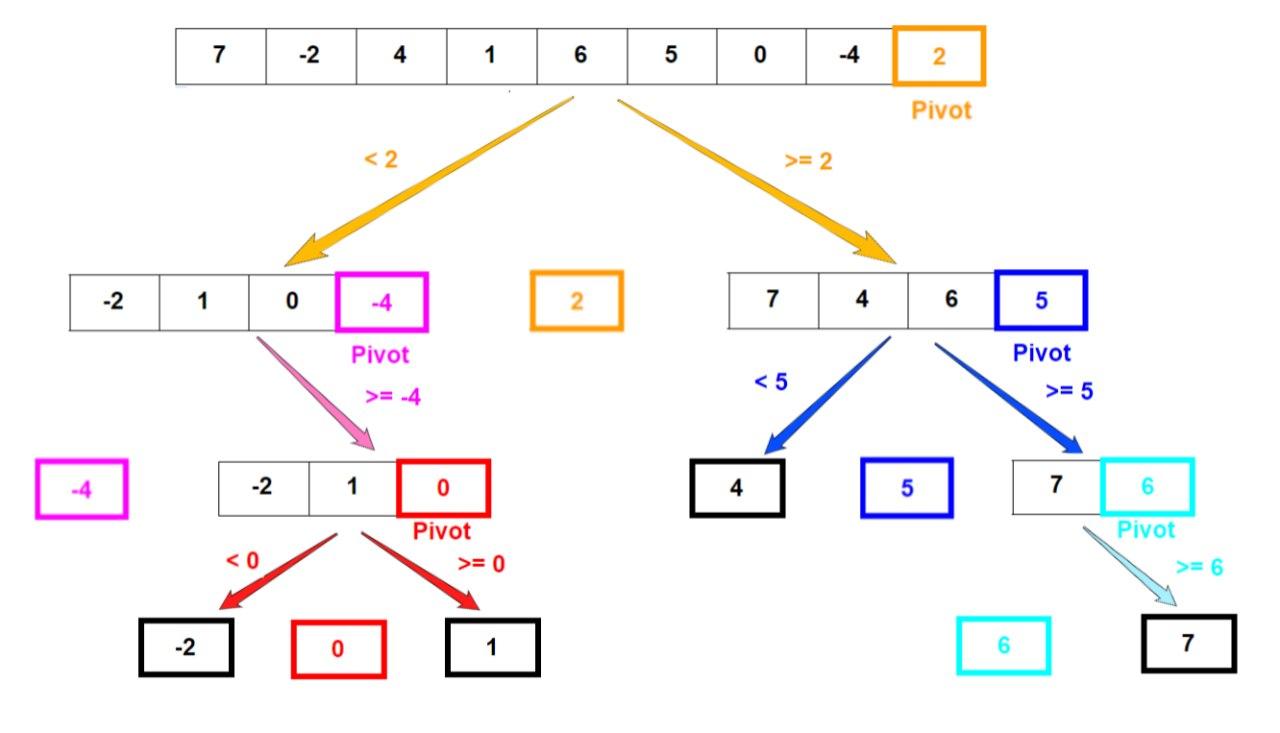Introduction
Sorting refers to arranging items of a list in a specific order (numerical or alphabetic). Sorting is generally used in tandem with searching.
Over the years, many sorting algorithms have been developed, and one of the fastest ones to date is Quicksort.
Quicksort uses the divide-and-conquer strategy to sort the given list of elements. This means that the algorithm breaks down the problem into subproblems until they become simple enough to solve directly.
Algorithmically this can be implemented either recursively or iteratively. However, the recursive approach is more natural for this problem.
Understanding the Logic Behind Quicksort
Let’s take a look at how Quicksort works:
- Select an element of the array. This element is generally called the pivot. Most often this element is either the first or the last element in the array.
- Then, rearrange the elements of the array so that all the elements to the left of the pivot are smaller than the pivot and all the elements to the right are greater than the pivot. The step is called partitioning. If an element is equal to the pivot, it doesn’t matter on which side it goes.
- Repeat this process individually for the left and right side of the pivot, until the array is sorted.
Let’s understand these steps further by walking through an example. Consider an array of unsorted elements [7, -2, 4, 1, 6, 5, 0, -4, 2]. We’ll choose the last element to be the pivot. The step-by-step breakdown of the array would be as shown in the image below:

Elements that have been chosen as a pivot in one step of the algorithm have a colored outline. After partitioning, pivot elements are always in their correct positions in the array.
Arrays that have a bolded black outline represent the end of that specific recursive branch since we ended up with an array that contained only one element.
We can see the resulting sorting of this algorithm by simply going through the lowest element in each “column”.
#javascript
